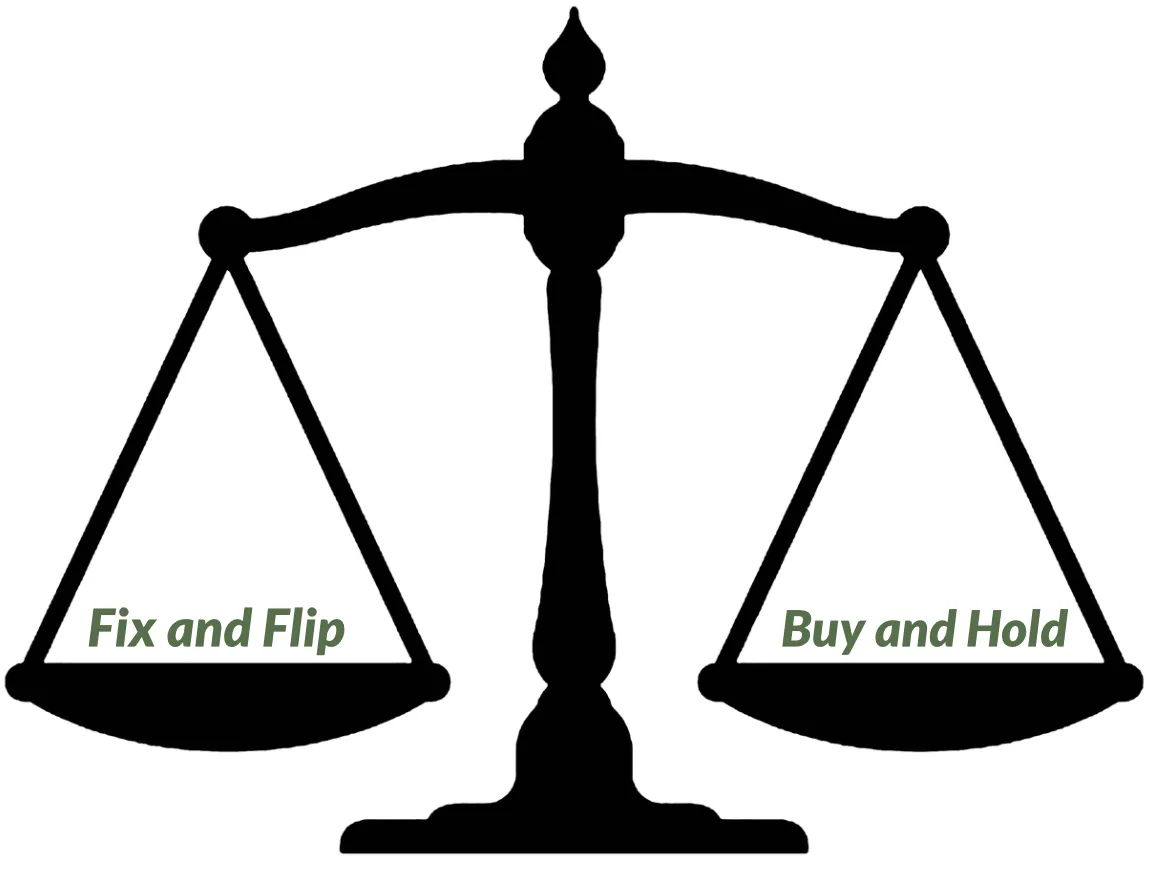Real estate investing offers various strategies for generating profits and building wealth. Two popular approaches are fix and flip and buy and hold. In this blog, we will compare these two strategies, examining their benefits, considerations, and potential risks. By understanding the differences between the fix and flip and buy and hold strategies, real estate investors can make informed decisions about which strategy best aligns with their investment goals.
Fix and Flip
Fix and flip involves purchasing properties in need of renovation, improving them, and selling them quickly for a profit. Here are key points to consider:
- Capitalizing on Short-Term Profits: Fix and flip investors aim to generate profits by purchasing properties below market value, renovating them, and selling them at a higher price in a relatively short time frame.
- Active and Hands-On Approach: This strategy requires active involvement in property renovations, project management, and sales. Investors need to have a good eye for property potential, and the ability to handle renovations and manage them effectively.
- Higher Potential Returns: Fix and flip investments can provide higher potential returns in a shorter period than buy-and-hold strategies. However, they also involve higher risks and uncertainties, such as unforeseen renovation costs or longer-than-expected selling times.
- Market Conditions and Timing: Success in fix and flip investing can be influenced by favorable market conditions, like high demand. Timing is crucial, as a slow or declining market can affect selling prices and profitability
Buy and Hold
Buy and hold involves purchasing properties to hold them for an extended period, typically renting them out for consistent income and long-term appreciation. Here are key points to consider:
- Passive Income and Cash Flow: Buy-and-hold investors focus on generating rental income as a source of passive cash flow. By acquiring properties in desirable locations, maintaining them, and managing tenants, investors can build a reliable income stream over time.
- Long-Term Appreciation: Buy-and-hold investors aim to benefit from long-term property appreciation, which can lead to equity growth and potential wealth accumulation. Holding properties for an extended period allows investors to ride out market fluctuations and capitalize on long-term market trends.
- Property Management and Maintenance: This strategy requires active property management, including finding and screening tenants, handling maintenance and repairs, and staying up to date with landlord-tenant laws and regulations. Investors may choose to hire property management services to handle day-to-day operations.
- Portfolio Diversification: Buy-and-hold investing allows for portfolio diversification, as investors can acquire multiple properties across different locations and property types. This diversification helps mitigate risk and creates a stable and balanced real estate portfolio.
Both fix and flip and buy-and-hold strategies have advantages and considerations. Fix and flip offers the potential for quick profits but requires active involvement and carries higher risks. Buy and hold focuses on long-term cash flow, appreciation, and portfolio diversification, with a more passive approach to investing. Investors should evaluate their investment goals, financial capabilities, and risk tolerance to determine which real estate strategies best align with their objectives. It’s important to conduct thorough research, seek expert advice, and carefully analyze each investment opportunity to make informed decisions that maximize returns and minimize risks.



